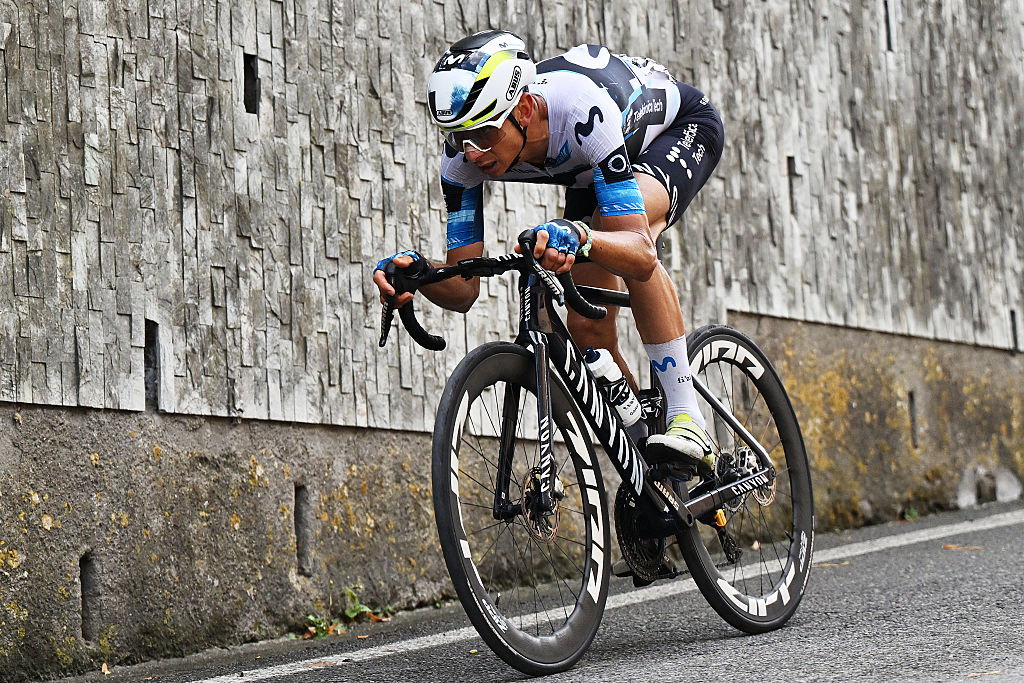Indoor training accessories guide: 12 useful add-ons to level up your winter training
What do you need to level up your indoor riding experience
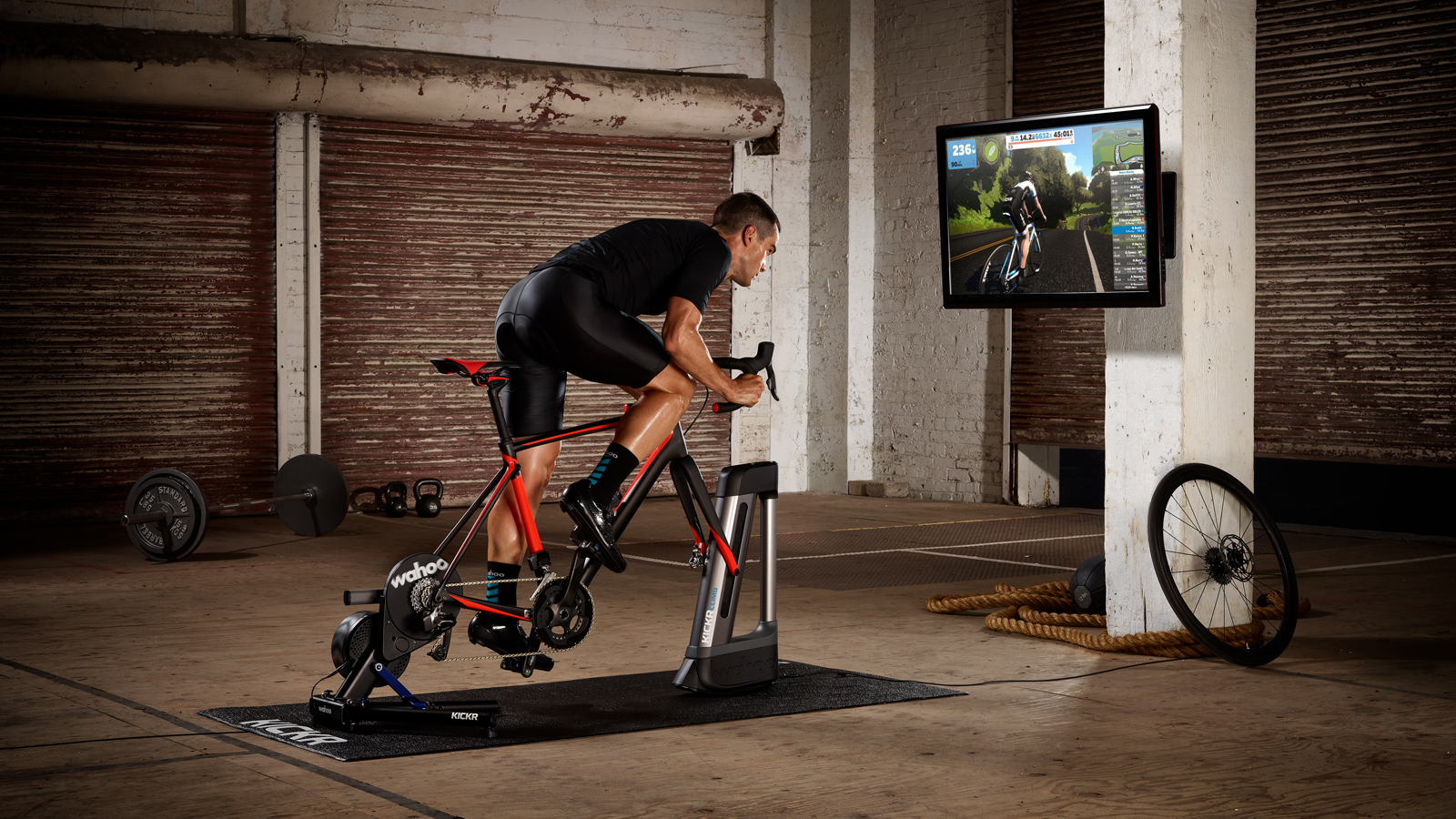

Indoor training can be done very simply. When I started training and racing in 2014, I had a wheel-on trainer, headphones, and a wall to stare at during efforts down in the cellar. Nowadays, indoor training has come a long way, and you can really level up your indoor training setup, be that for better performance, greater comfort, or you just want to jazz up your experience and turn that pain cave into an indoor cycling heaven.
In this article, we'll run through some of the accessories that allow you to do just that. From near-essential add-ons to nice-to-have accessories, we've covered them all.
1. Smart fan
I’ll start with the fact that you can just use a standard desk fan or a standing option. However, there have been a spate of specific indoor cycling Smart Fans released since the Wahoo Headwind, with offerings from Elite, Zwift, and others.
These are luxury items, but with high airflow and smart features such as pairing with your heart rate monitor and increasing fan power with heart rate, or connecting to the best smart trainers and adjusting with speed, they can really level up your indoor training. Plus, keeping cool will boost your in-session performance and comfort.
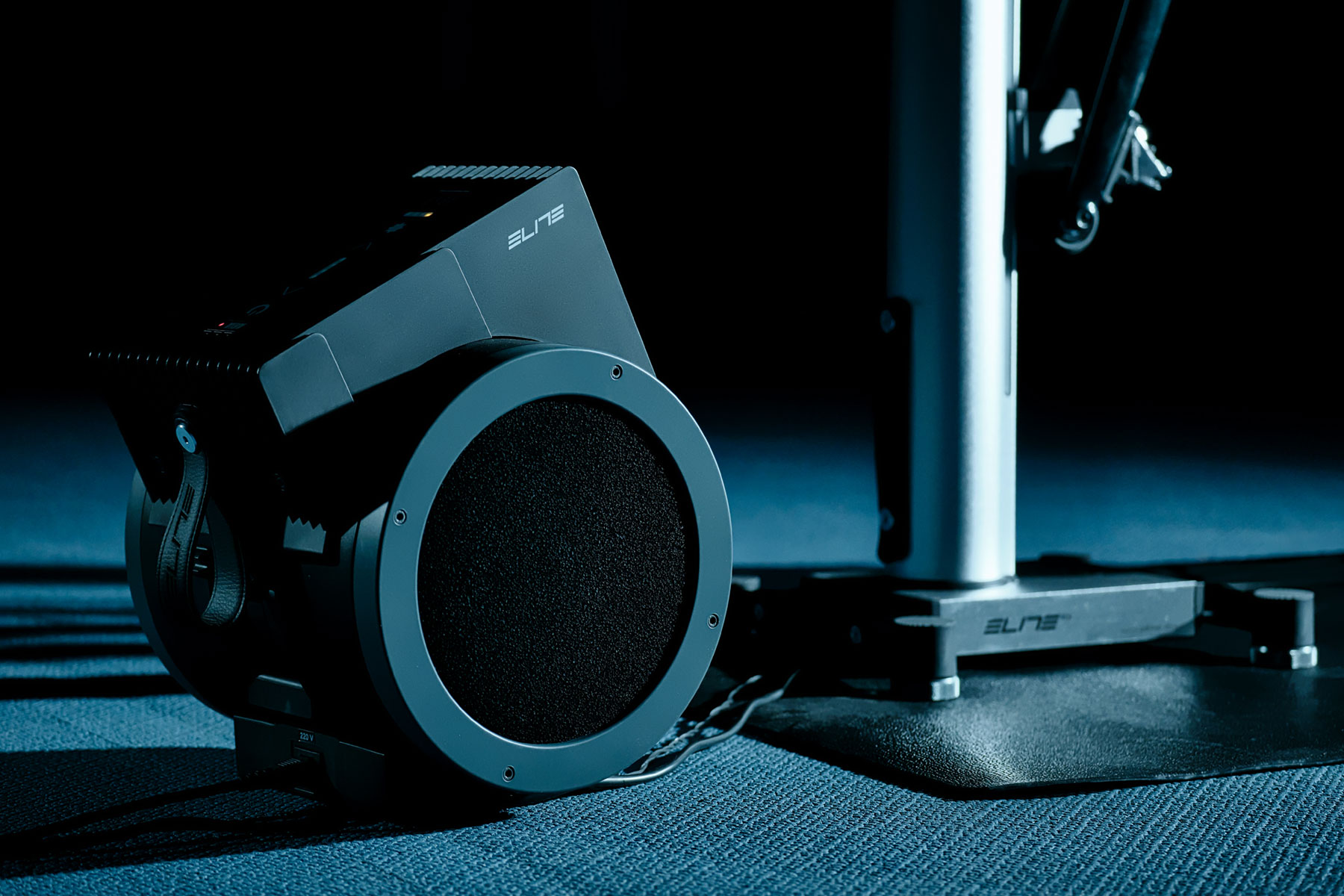
2. Dehumidifier
This is something for both comfort on the bike, as you can reduce the humidity build-up, but also a very good idea for looking after your house and expensive equipment like your road bike. I used to have one running in my cellar as the amount of heat I could generate was enough to leave it feeling like a warm, damp cave (sorry for that visual). You don’t need an expensive one, but it will be another item to plug into the multi-block.
3. Tablet or media display
Apps such as Zwift and MyWhoosh use virtual worlds to try and keep indoor training more engaging. You can enhance this experience significantly by moving from a small phone screen to using a tablet device, or even setting up a full-screen monitor with something like an Apple TV or a hard-wired connection to your phone or tablet.
The Cyclingnews team members have varying preferences. Josh runs everything on a laptop connected to an old TV that he's set up in the spare bedroom. Tom and Will prefer to keep things simple and run everything via a phone, which tends to have more stable Bluetooth connections.
The latest race content, interviews, features, reviews and expert buying guides, direct to your inbox!
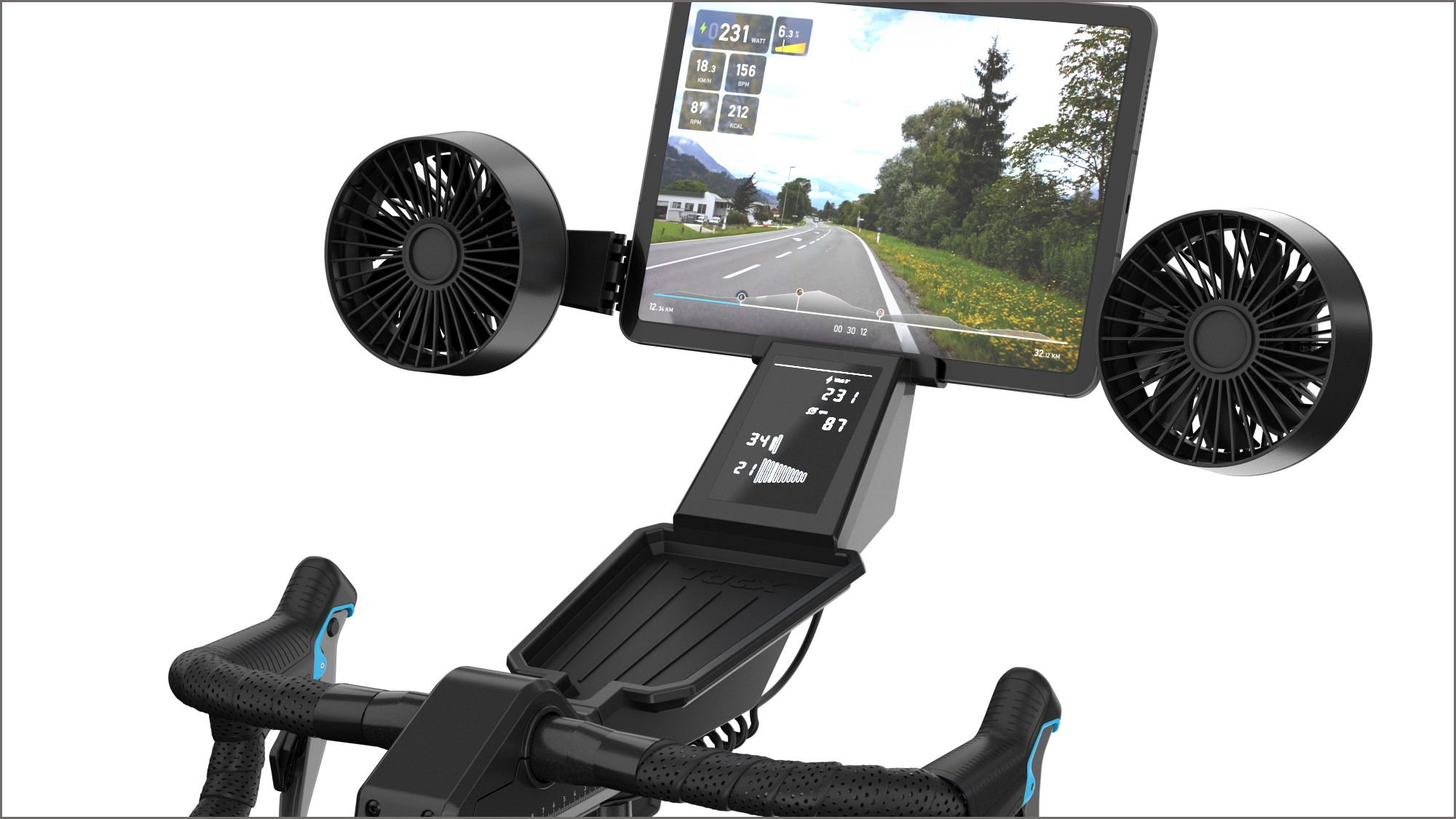
4. Headphones
Watching films or listening to music on the turbo is a very common thing. But over the sound of the bike, and possibly your fan as well, having some of the best cycling headphones makes the experience all the more enjoyable.
However, you should look for sport-specific options ideally, as producing a lot of sweat can damage a lot of over-ear options or cheaper earbuds that are not sweat-resistant.
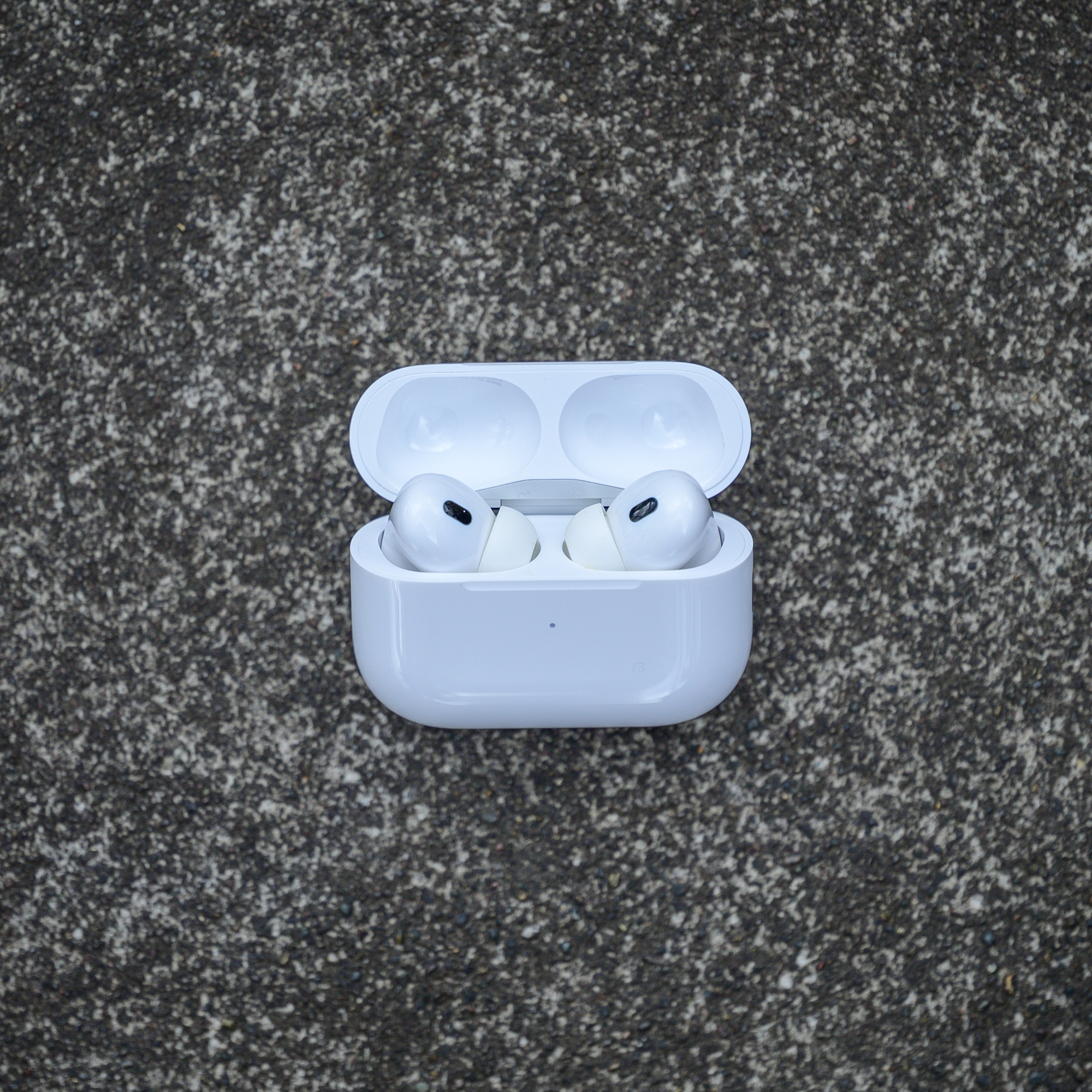
5. Turbo specific kit
As mentioned earlier, riding indoors tends to generate a lot of heat. Here in the UK, houses are designed to hold heat in, and with limited airflow and a lot of heat generation, you want to stay cool. There are now specific indoor training kits, or you can use hot-weather-specific kit, such as the Rapha Pro Team Ghost line at the more premium end of the line.
Some more perforated bib shorts, possibly a sleeveless baselayer, and some lighter socks are a good starting point. And unless you're on display to passers-by in an open garage, you might just ditch the baselayer too. Just be sure to drape a towel over your handlebars to catch the sweat... as explained in my next point.
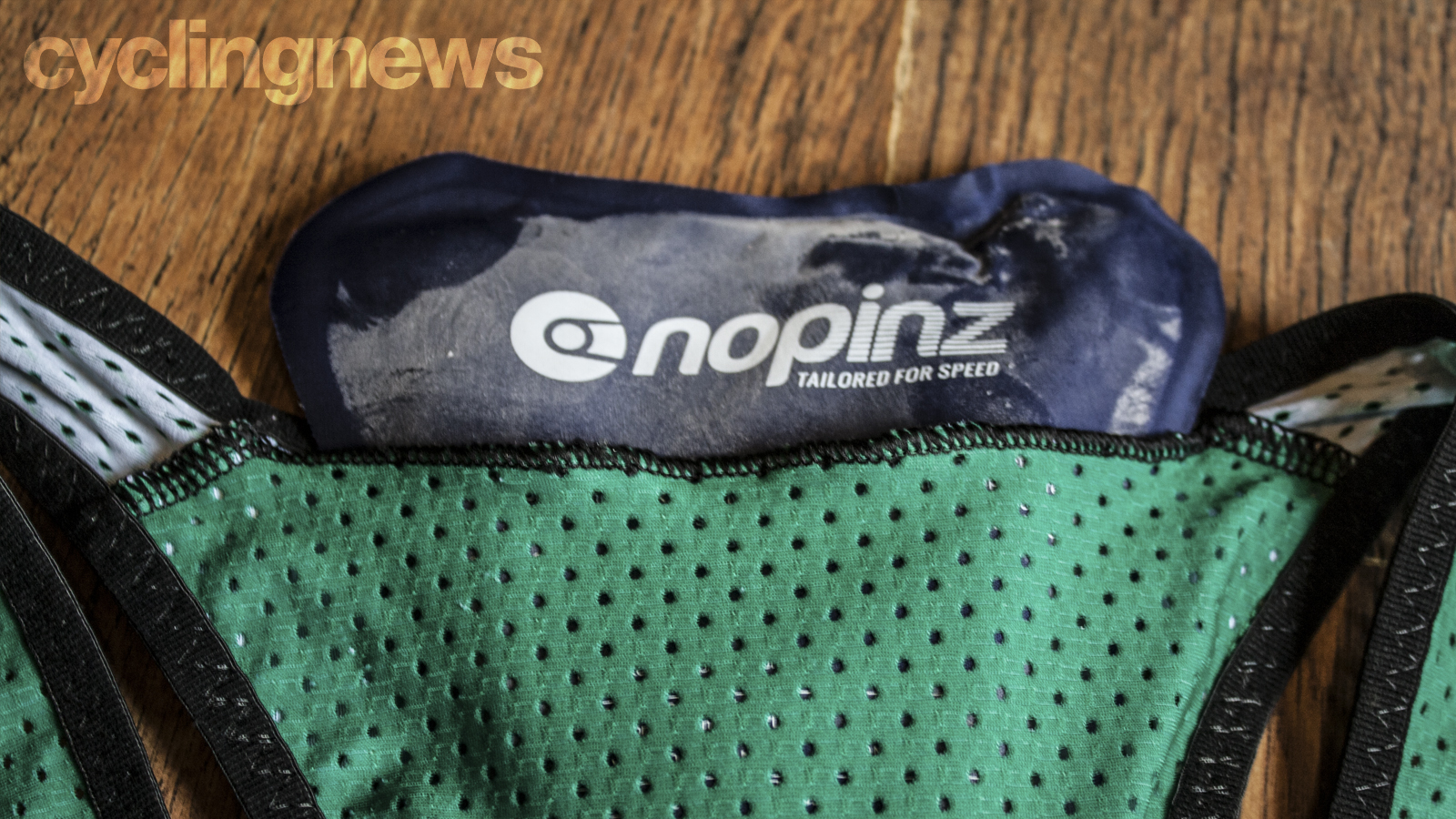
6. Sweat protection
Sweat is a corrosive liquid, and it really doesn’t play well with metal components such as handlebars, stems, bolts, chains, and a lot of components on a bike. To avoid this damage, a sweat guard can really help, as can sweatbands for both your arms and also your head to avoid or delay the onset of sweat dripping onto your bike.
A simpler measure is an old towel - or a microfibre towel if you don't want the bulk - draped over the bars and the top tube. Just be careful that it doesn't snag in your pedals or affect your front wheel if you're on rollers.
A mat on the floor is a good way to protect your flooring, too, collecting any sweat that does make it past these measures.
7. Electrolytes
As we sweat more, we lose more liquid, but also more salts. Electrolytes are having somewhat of a resurgence in the sports nutrition marketing world, but for indoor training, there is good reason to consume them. Some riders will sweat almost two litres an hour. The average sodium loss per litre of sweat is around 950mg, nearly 1g of sodium. This can be higher or lower, along with the sweat rate, so find out your sodium loss rate before consuming large quantities of electrolytes. But especially if you follow a diet with limited processed foods with added salt, you may really need to bolster your salt intake for performance and general feeling.
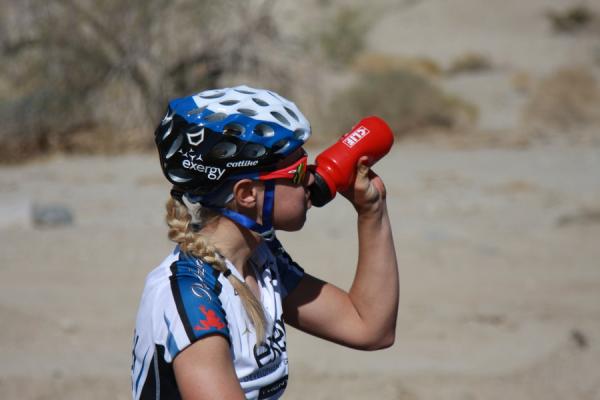
8. Rocker plate or movement
Rocker plates have been touted as ways to improve indoor cycling comfort, as the lateral movement that we naturally experience outdoors is lost when bolted onto a smart trainer. These plates fit under the smart trainer and bike and often use inflatable balls to provide the rocking motion. Meanwhile Wahoo and Tacx both have specific systems on their top end smart trainers to provide lateral movement as well as fore and aft movement on the Wahoo KICKR Move and Tacx Neo 3M.
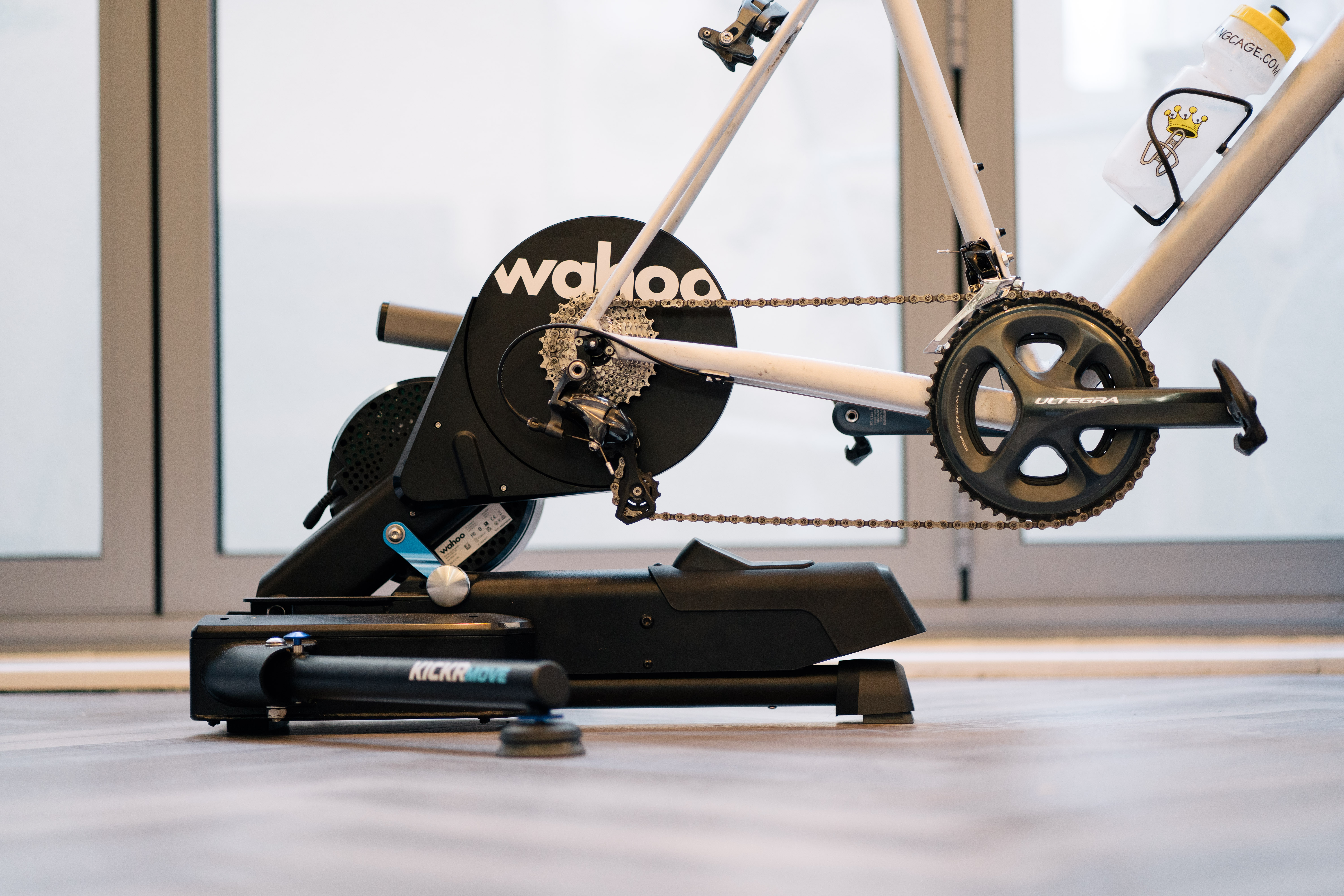
9. Gradient simulator
Another way of making indoor riding feel more realistic compared to outside are gradient simulators. Wahoo has the KICKR Climb, Tacx the Alpine, and Elite the Rizer. These all link to a virtual platform to mirror the gradient or can be controlled manually. Although seen by many as a gimmick, the gradient changes do have an impact on muscle activation patterns while pedalling. Meaning these can be useful training tools if your goal events include a lot of climbing.
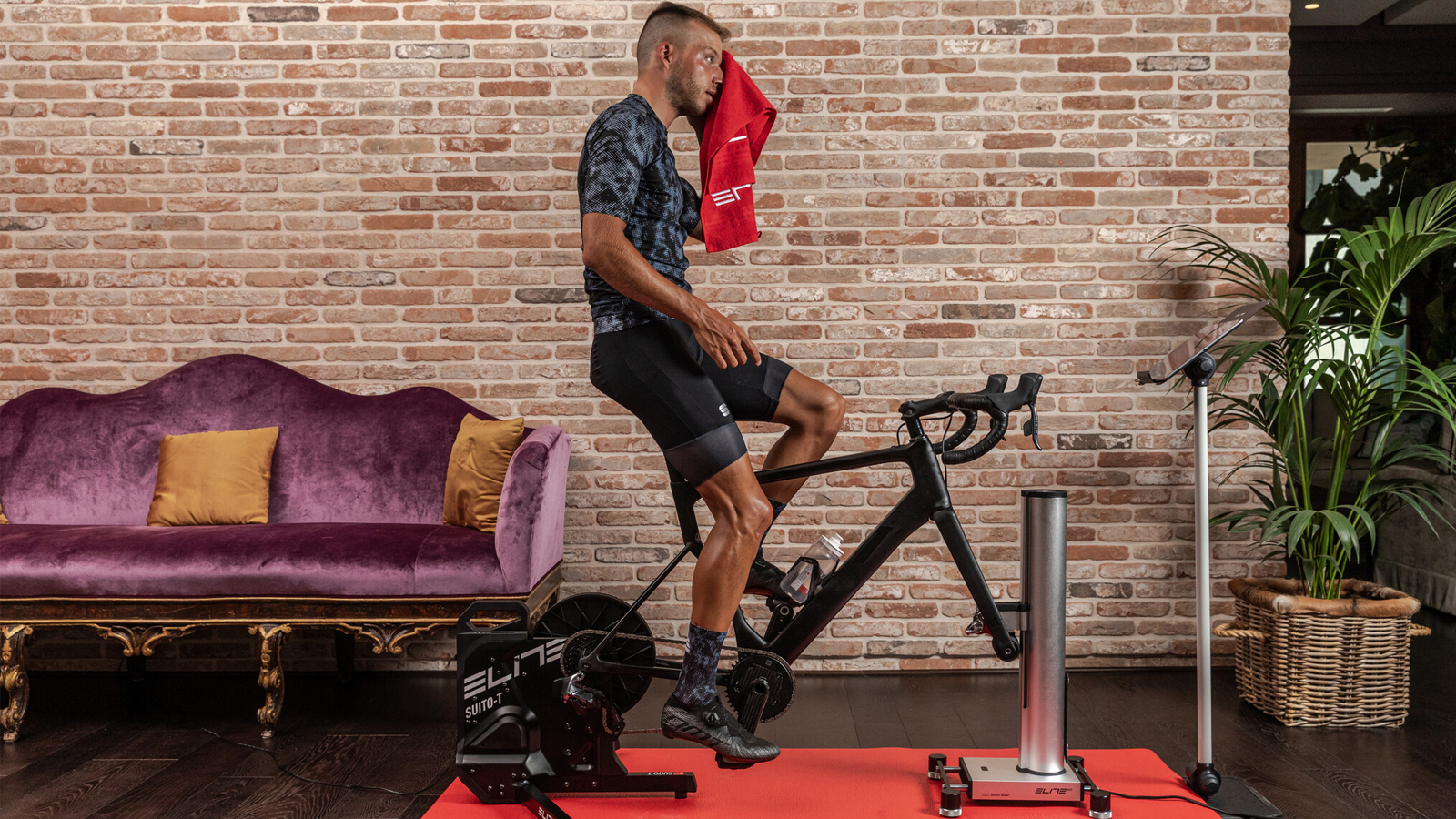
10. Steering
This is more for gamification or for e-racing, but steering is a feature that has been introduced across indoor training platforms. Zwift has a dedicated MTB trail where steering is required, but it can also be used for moving around the bunch in e-races or for taking the optimal line around corners.
11. Zwift Play
This is specific to Zwift, but having tested it out, it does make the experience a far better one. You can control Zwift from your handlebars without having to reach out to touch the screen, activate powerups in races, or return kudos. It makes the whole experience a bit smoother and easier to use, while also adding steering to the system.
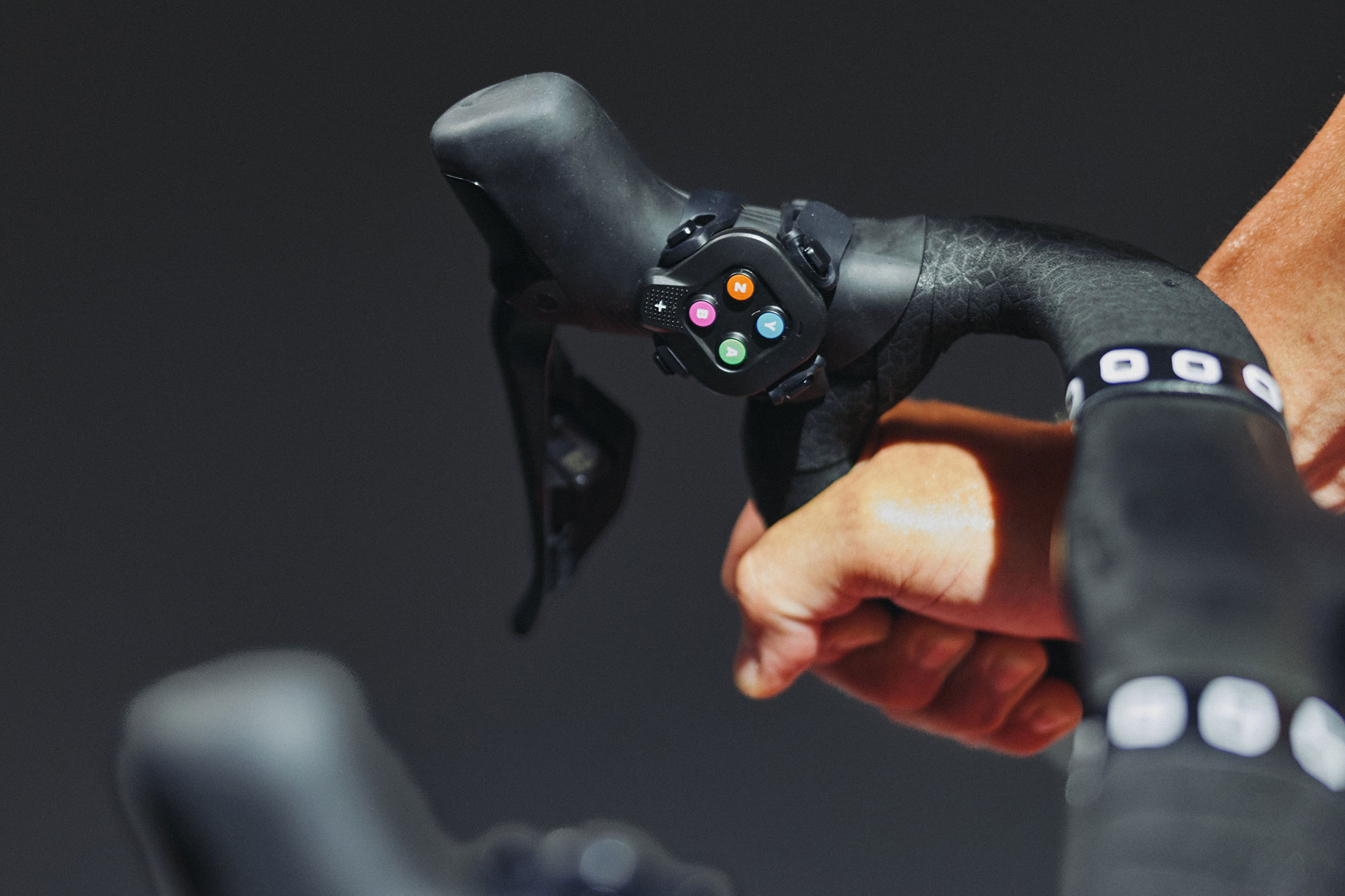
12. Zwift One
For those who share indoor trainers between bikes and users with different groupsets, the Zwift One makes a smart trainer more universal in that it can accept 8-12 speed groupsets from either SRAM, Shimano, or Campagnolo. It’s a one cog system, so shifting needs to be via virtual shifting rather than the levers on the bike. For those switching between bikes, it’s a brilliant add-on, meaning you don’t need to have consistent groupsets between bikes to use on the indoor trainer.
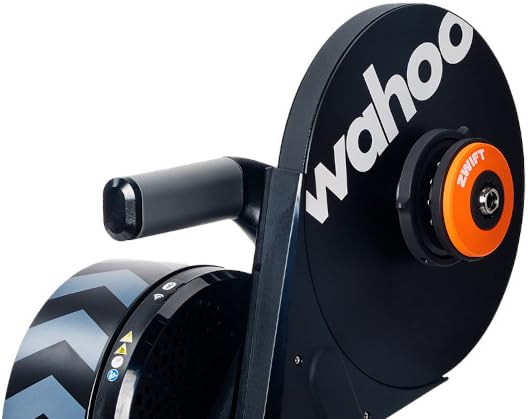

Freelance cycling journalist Andy Turner is a fully qualified sports scientist, cycling coach at ATP Performance, and aerodynamics consultant at Venturi Dynamics. He also spent 3 years racing as a UCI Continental professional and held a British Cycling Elite Race Licence for 7 years. He now enjoys writing fitness and tech related articles, and putting cycling products through their paces for reviews. Predominantly road focussed, he is slowly venturing into the world of gravel too, as many ‘retired’ UCI riders do.
When it comes to cycling equipment, he looks for functionality, a little bit of bling, and ideally aero gains. Style and tradition are secondary, performance is key.
He has raced the Tour of Britain and Volta a Portugal, but nowadays spends his time on the other side of races in the convoy as a DS, coaching riders to race wins themselves, and limiting his riding to Strava hunting, big adventures, and café rides.
You must confirm your public display name before commenting
Please logout and then login again, you will then be prompted to enter your display name.
